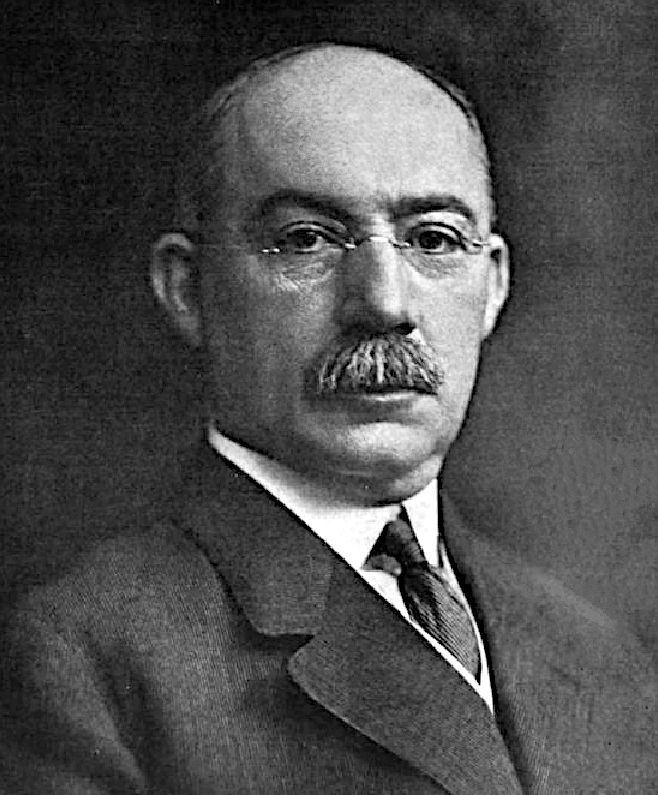|
HENRY GANTT
Please use our A-Z INDEX to navigate this site or return HOME
|
|
PlanetSolar heading out into uncharted technical waters. The theory was in place, but nobody knew if this solar powered boat could make it. But they did it flying the Swiss flag!
In small projects, making copious charts and graphs might seem like micro management, where the time spent could have been more usefully employed in actually getting the job done. Or, indeed, would be equal to the time needed to complete a project.
But bean counters love them. They've probably never been on a construction site, lifted a hammer or a welding torch. And, heaven forbid they might look at project progress, by inspecting the boat or other experiment - to see for themselves. But it is useful for them to be able to see if a project is progressing as proposed. Though even that is best-guess work. However, it gives a theoretical target to aim for. That even the engineers themselves may enjoy looking at from time to time.
This of course means an extra layer of management [so more project cost], over and above the engineers and scientists engaged on the shop floor. Who apparently, don't know what they are doing, without a chart on the wall or desk to refer to.
One way of producing a Gantt chart, is using Microsoft Excel. There are literally dozens of specialist producers of software, at various degrees of expense. But, most people have Excel in their business library, under Office 365 licences or similar. Whatever software you choose, you will have to spend about a day working out all the glitches. Apart from actually inputting your Headings and Tasks. [How much will your application cost]
The Cleaner Ocean Foundation works to help protect the "seven seas" from the effects of anthropogenic atmospheric pollution like this ship that is belching diesel fumes like there is no tomorrow. We'd like to preserve tomorrow for our children. You can help us to make this scene a thing of the past.
INSPIRATION
Henry created the Gantt chart in the 1910s.
GANTT CHARTS
Gantt created many different types of charts. He designed his charts so that foremen or other supervisors could quickly know whether production was on schedule, ahead of schedule, or behind schedule. Modern project management software includes this critical function.
WORK, WAGES AND PROFITS - 1916
...
WHY ARE WE DOING THIS?
Because we can, and because we can, we must give it a chance.
|
|
|
Please use our A-Z INDEX to navigate this site
This website is Copyright © 2023 Jameson Hunter Ltd
|



